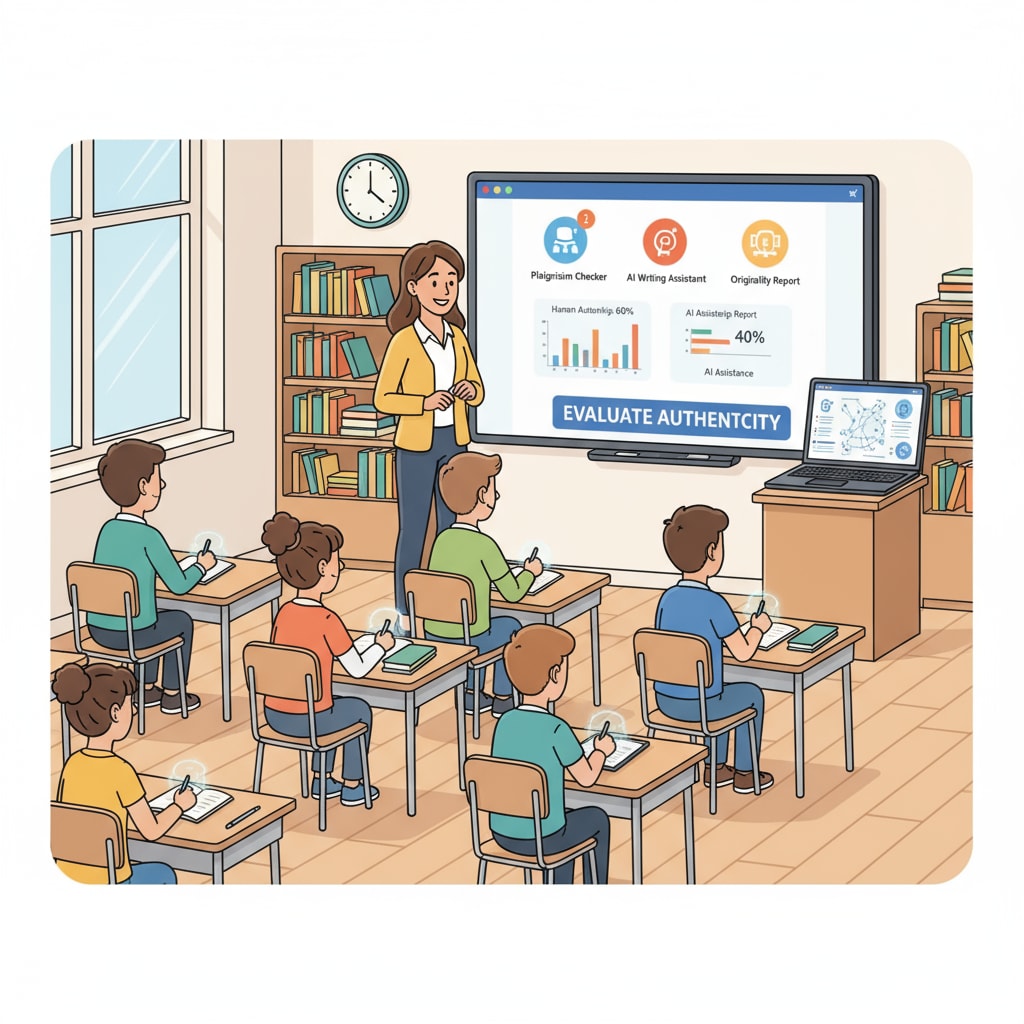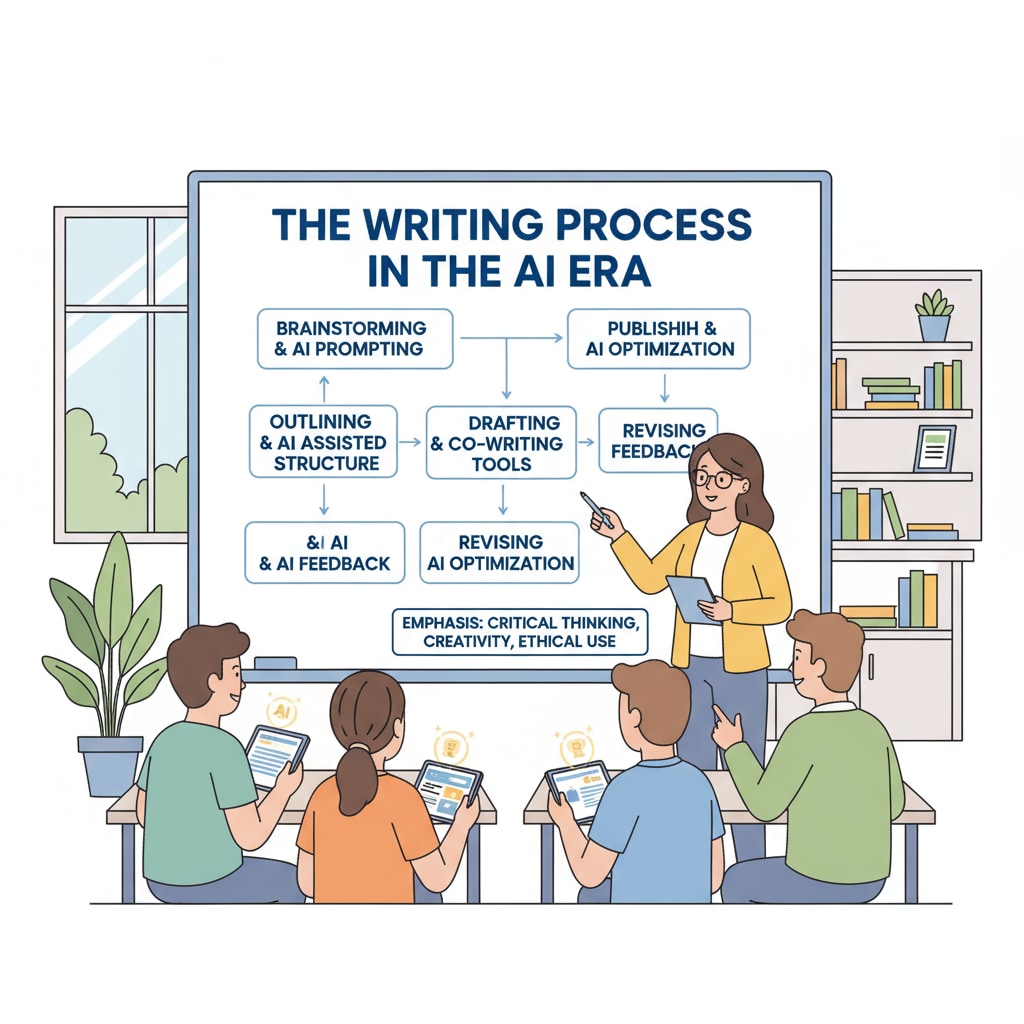Student writing, assignment authenticity, and educational objectives are at a crossroads in the face of the rapid spread of AI-generated content. The rise of artificial intelligence has brought about unprecedented challenges to the assessment of students’ work in K12 education. As educators, it is essential to navigate these challenges to ensure that learning remains genuine and meaningful.

The Impact of AI on Student Writing and Assignment Authenticity
AI has revolutionized the way we create content. Tools like ChatGPT can generate well-written essays, reports, and stories in a matter of seconds. This has led to concerns about students using these tools to complete their assignments, undermining the authenticity of their work. For example, a student could submit an AI-generated essay that appears to be of high quality but does not reflect their true writing skills. According to this Edsurge article, many educators are grappling with this issue as they try to determine whether a piece of writing is truly the student’s own.
Redefining Writing Teaching Objectives in the AI Era
In the age of AI, writing teaching objectives need to be rethought. Instead of just focusing on the end product of a written piece, educators should emphasize the process of writing. This includes teaching students how to research, organize their thoughts, and develop their unique writing style. By doing so, students will be better equipped to produce authentic work that cannot be replicated by AI. As stated in this TeachThought article, educators can incorporate AI as a tool to enhance the writing process, such as using it for grammar checking or getting initial ideas, but not as a substitute for the student’s creative thinking.

To ensure the authenticity of student writing, educators can implement several strategies. One approach is to have students write in class under supervised conditions. This way, teachers can observe the writing process and be more confident that the work is the student’s own. Another strategy is to use writing portfolios, which allow students to showcase their progress over time. By analyzing the development of their writing skills, teachers can identify any inconsistencies that may indicate the use of AI. Additionally, educators can assign writing tasks that require personal experiences or unique perspectives, making it difficult for AI to generate suitable responses.
Readability guidance: In this article, we have explored the challenges posed by AI in the context of student writing, assignment authenticity, and educational objectives. By redefining teaching objectives and implementing practical strategies, educators can ensure that learning remains authentic in the AI era. Short paragraphs and clear headings have been used to enhance readability, and external links have been provided for further exploration.


